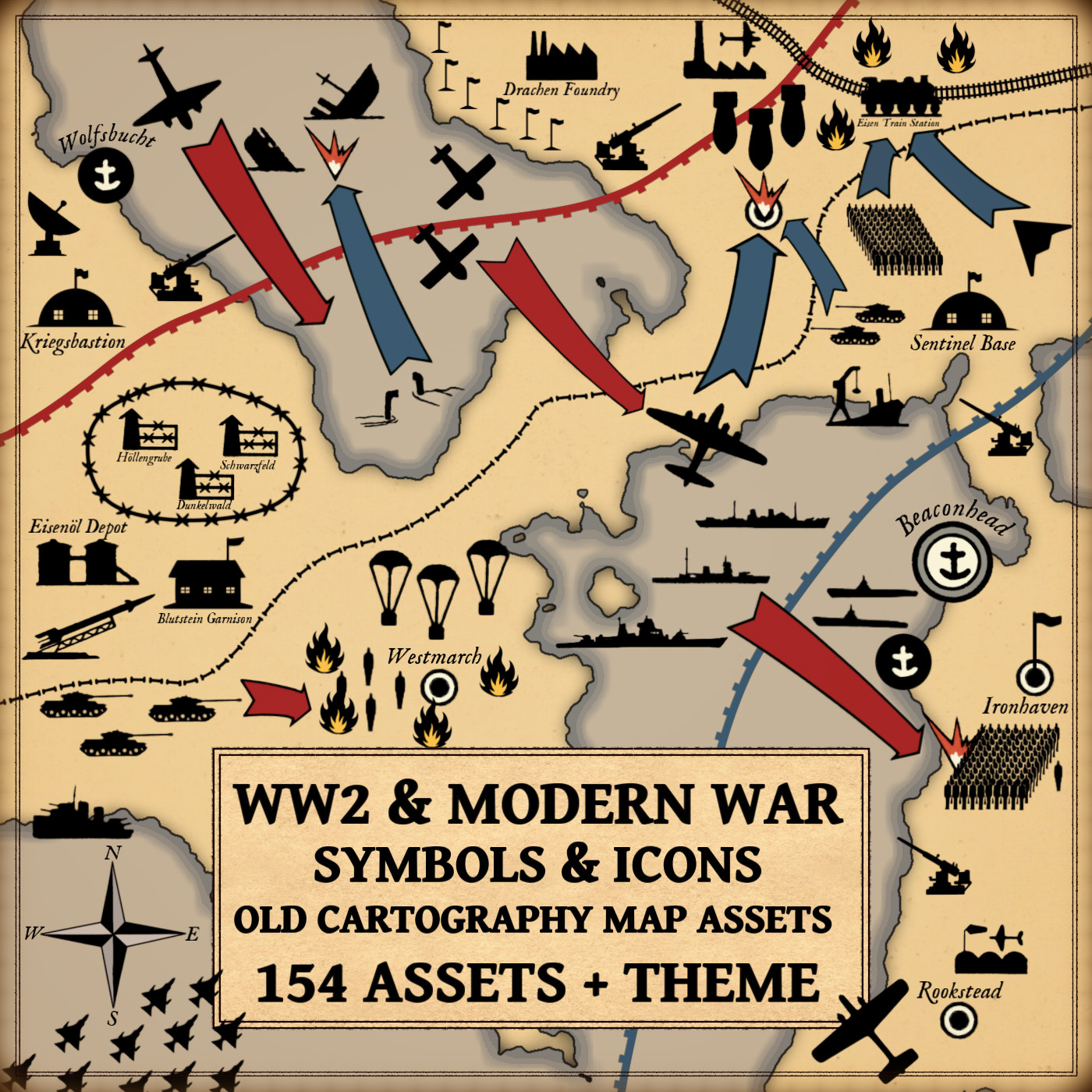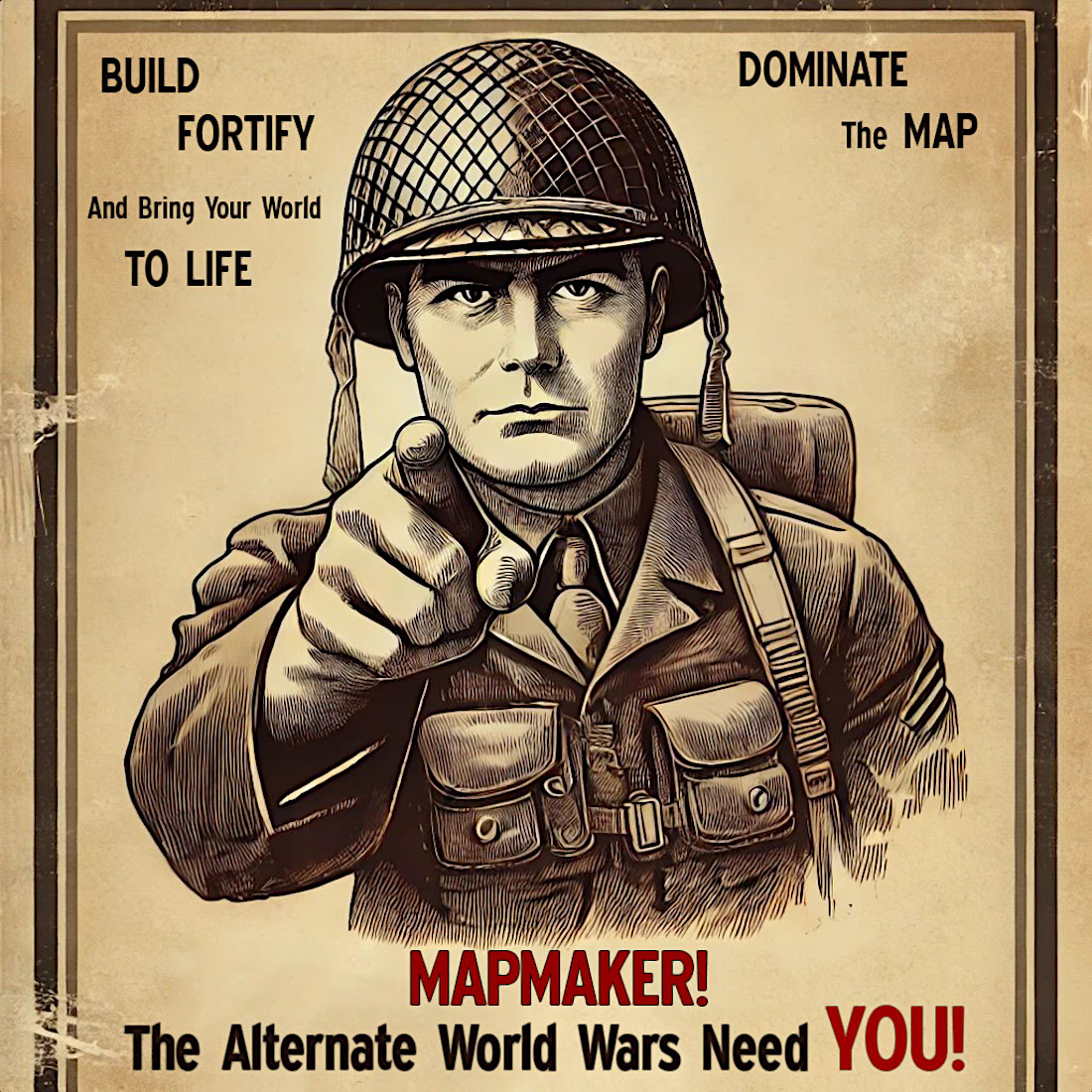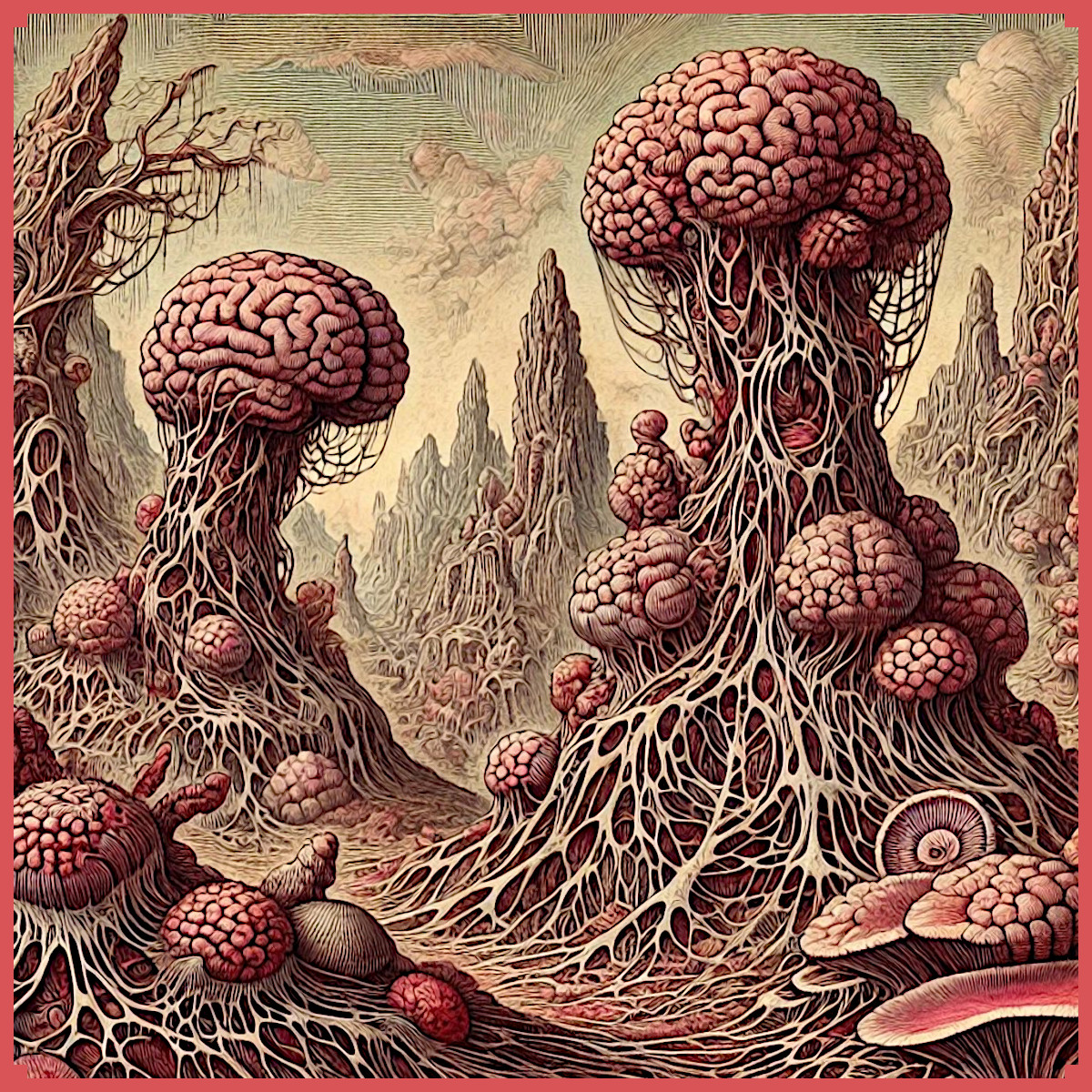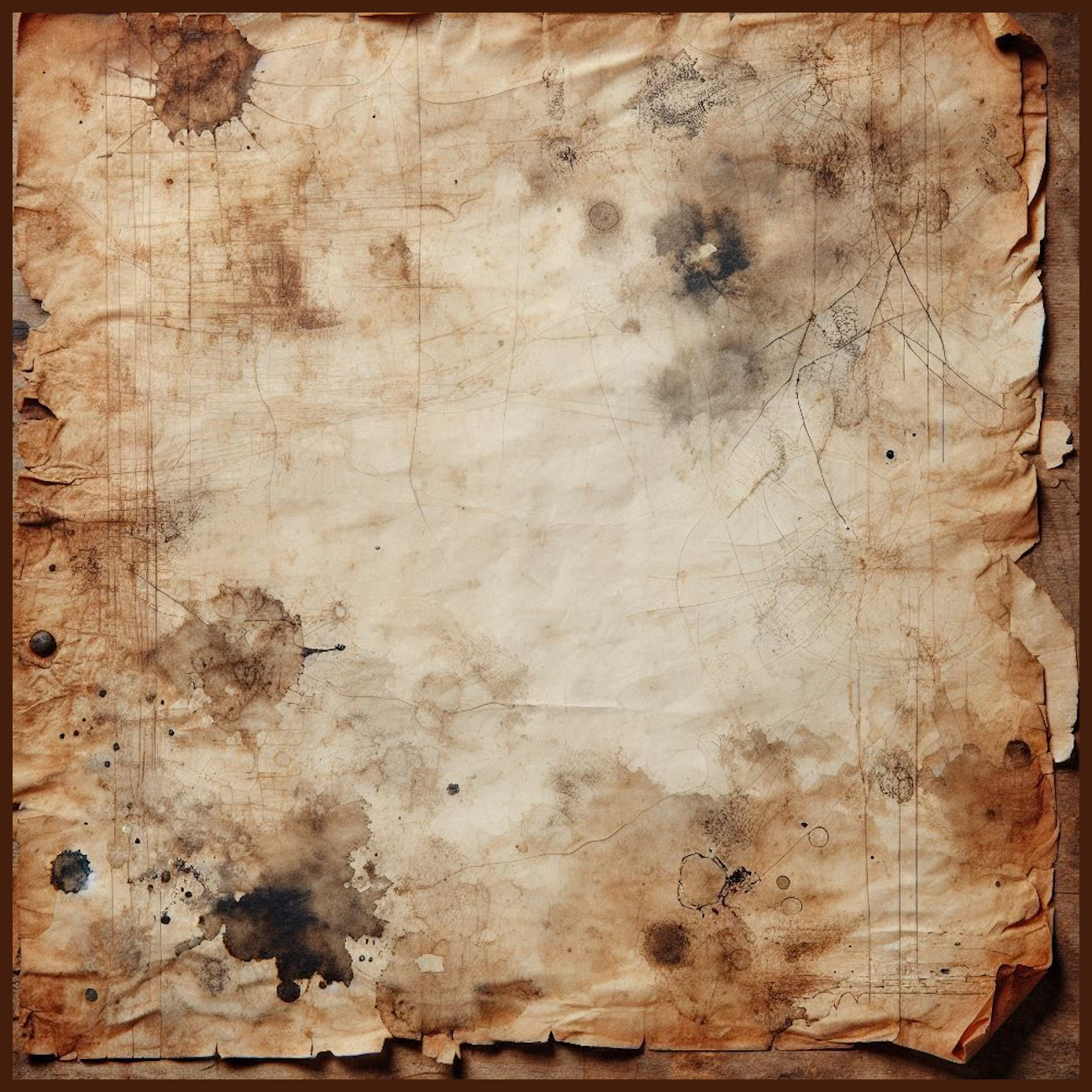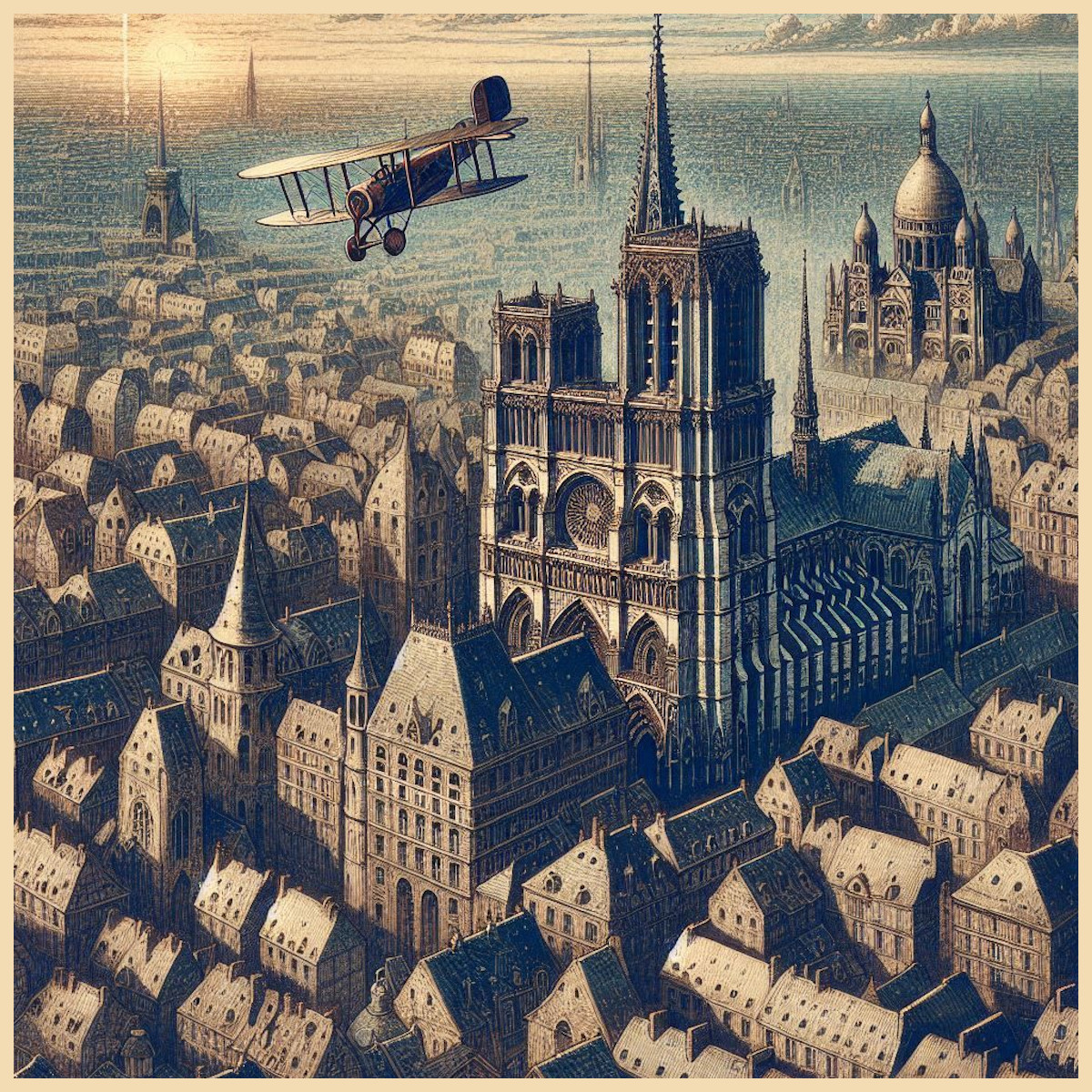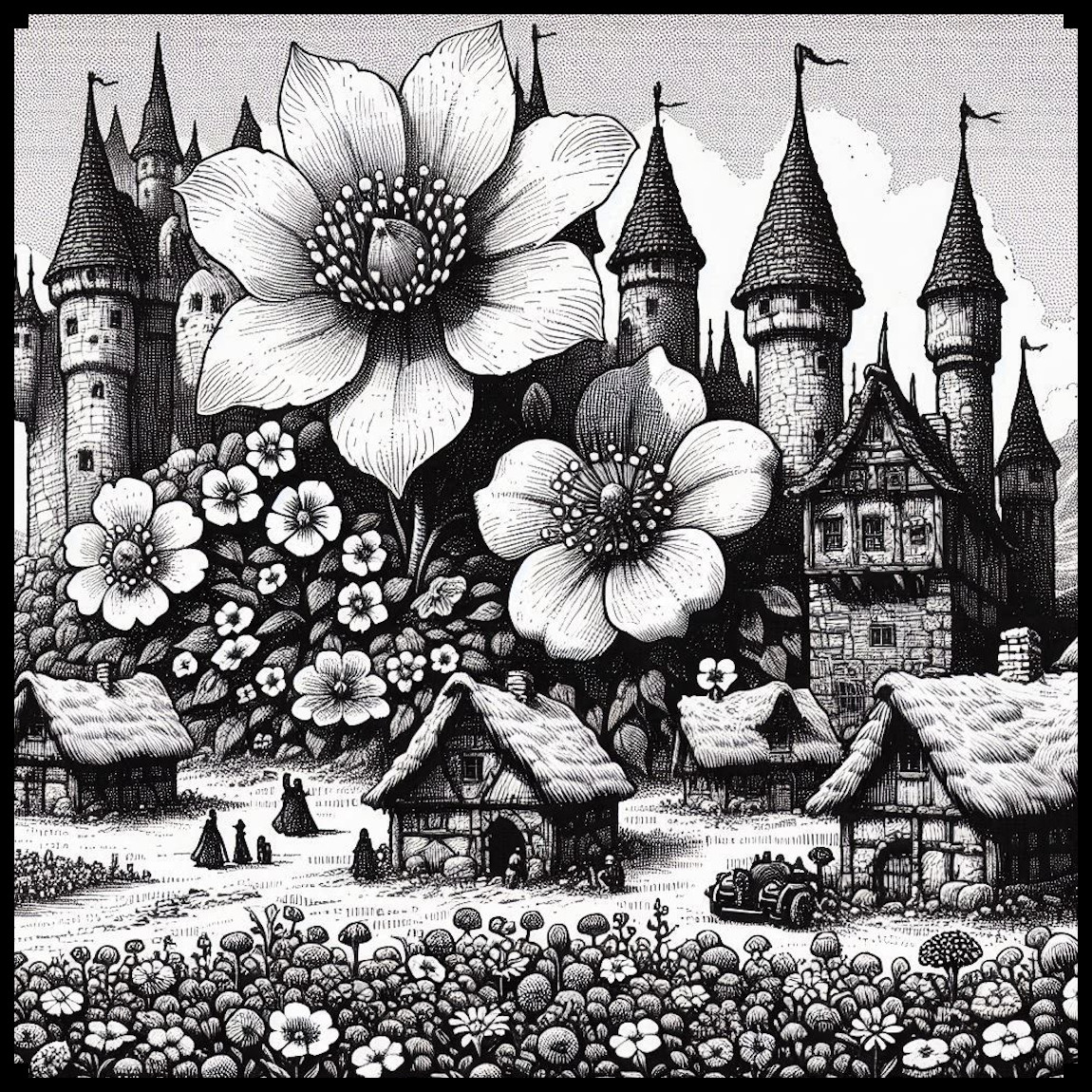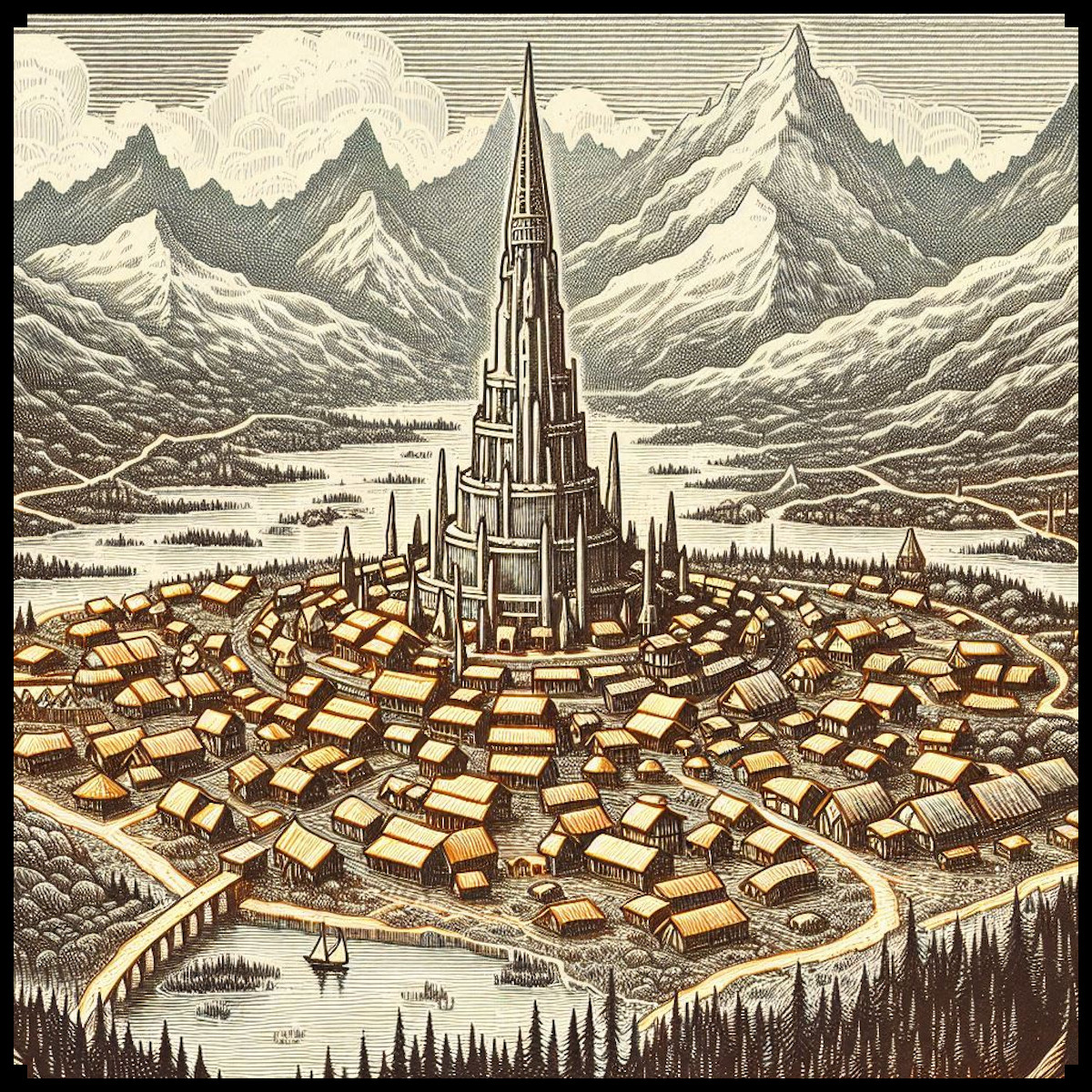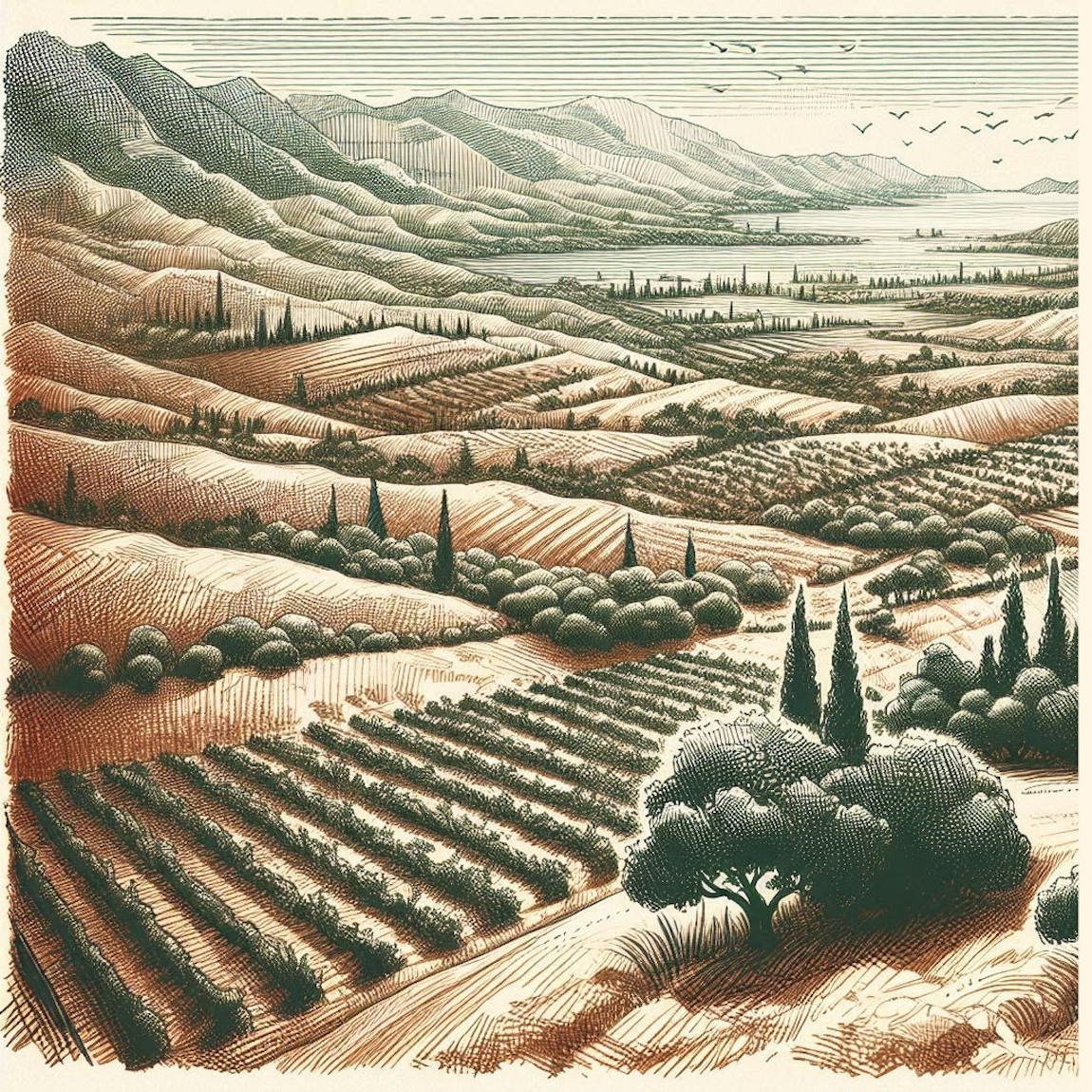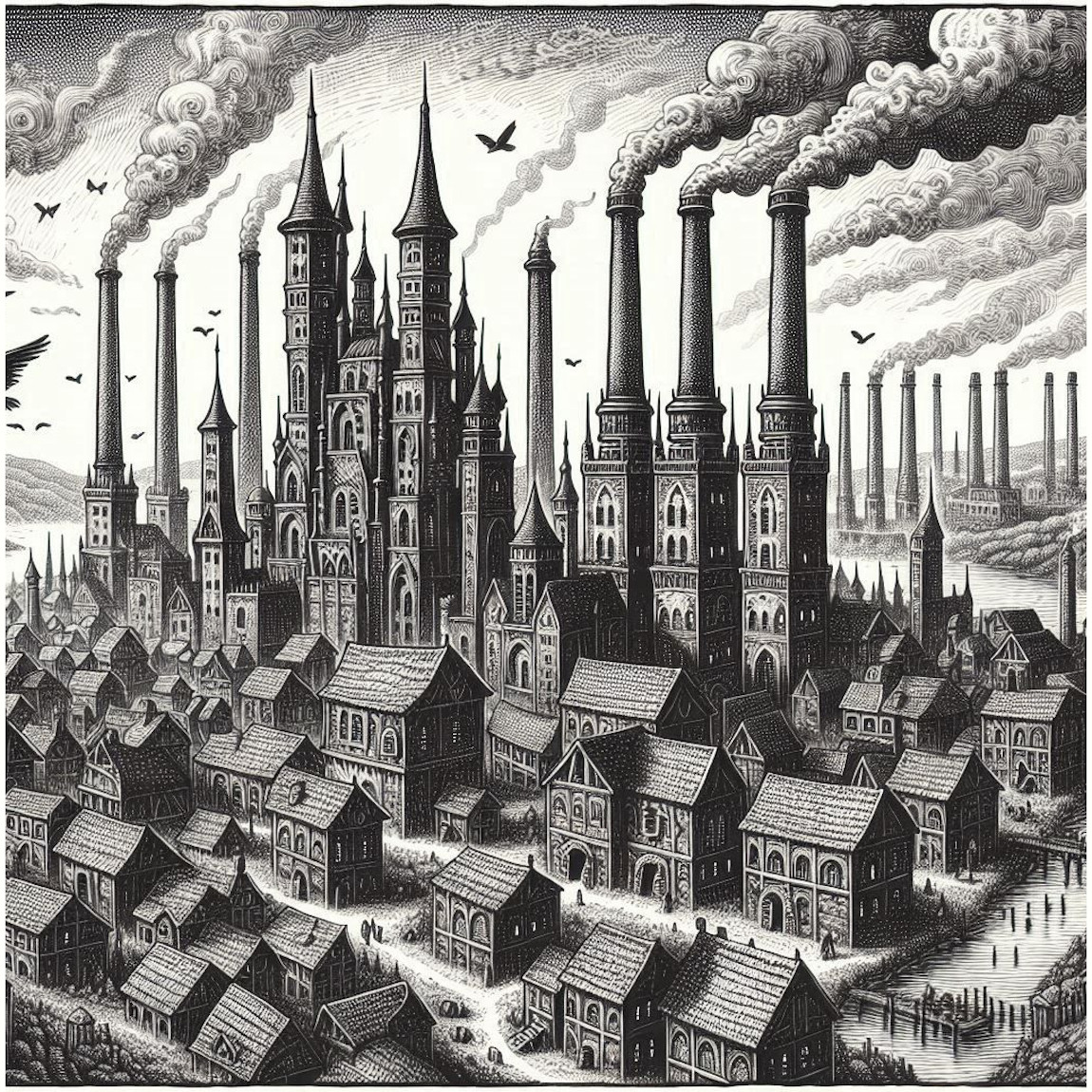Exploring the Utility, Culture, and Aesthetic of Vintage Fantasy map icons.
Maps have always been more than simple tools for navigation; they are artistic expressions of power, knowledge, and imagination. From the richly detailed mappa mundi of the Middle Ages to the intricate fantasy map assets found in role-playing games and novels, cartographers have used symbols to make maps both visually appealing and functionally intuitive. These symbols serve to identify key landmarks, fortifications, magical sites, and economic centers, making maps an essential narrative device for both real-world explorers and fantasy world-builders.
The Fantasy Map Icons Ultimate Collection – POIs Vintage Assets Megapack is a carefully crafted set of Wonderdraft assets designed to capture the aesthetic of antique cartography while offering a broad selection of assets to enhance world-building. With its hand-drawn, vintage style, this collection fits seamlessly into historical and fantasy settings alike.
BUY AND DOWNLOAD The Fantasy Map Icons Ultimate Collection – POIs Vintage assets Megapack here :
Heraldry, Nobility & Leadership in Fantasy Map Icons
Throughout history, the depiction of power and authority has been central to cartography. Medieval maps often marked the dominions of noble families with heraldic symbols, crowns, and fortress icons to represent castles and fiefdoms. This visual shorthand conveyed ownership and influence, much like a coat of arms identified knights on the battlefield. In fantasy map assets, these same principles apply. A kingdom’s capital can be marked with an elaborate crown, while the stronghold of a warlord might be represented by crossed swords or a sigil-bearing shield.
Wonderdraft assets like heraldic shields and noble busts serve to emphasize political territories, defining the borders between rival factions or ancient dynasties. These cartography assets are particularly effective in tabletop RPGs or fantasy novels where world-building is crucial. A player glancing at a map should immediately recognize which areas are under noble rule, where alliances might shift, or where ancient bloodlines still hold sway over the land.
Settlements, Fortresses & Infrastructure in Cartography Assets
One of the most practical uses of fantasy map icons is in marking settlements, from humble villages to grand cities. Antique maps often represented cities with small clusters of buildings or even stylized towers, a convention that remains popular in fantasy cartography assets. The size and complexity of these symbols can indicate a settlement’s importance—while a simple hut might represent an isolated farming community, a grand walled city icon might signify a thriving metropolis or a kingdom’s capital.
Castles and fortresses are equally important in Wonderdraft assets, as they represent military strongholds, centers of power, or ancient bastions of civilization. On many medieval maps, castles were exaggerated in size to reflect their political and strategic significance rather than their actual geographic footprint. This tradition carries over into fantasy map assets, where a fortress icon can indicate a keep teeming with knights, an ancient ruin occupied by bandits, or a cursed citadel shrouded in mystery.
Bridges, roads, and ports also play a vital role in cartography assets. Docks, bridges, and trade routes can transform a static map into a dynamic world where commerce, war, and migration shape the land. A well-placed harbor icon suggests bustling maritime trade, while a marked road hints at caravan routes or dangerous passes where bandits lurk. These fantasy map assets help create a sense of movement and connection between locations, making the world feel alive.
Arcane & Mystical Symbols in Fantasy Map Assets
Fantasy settings thrive on the supernatural, and fantasy map icons play a crucial role in defining the presence of magic, ancient secrets, and arcane forces. Throughout history, maps have featured mythical symbols to represent the unknown—whether it was the sea monsters populating Renaissance maps or the labyrinthine temples of lost civilizations. In a fantasy world, these mystical markers serve as narrative signposts, guiding adventurers to places of wonder and danger.
Pentagrams and occult circles can indicate sites of forbidden knowledge, where ancient sorcerers performed dark rituals or where reality itself bends to eldritch forces. Mystic masks and skull motifs hint at haunted lands, cursed temples, or places where spirits linger. These symbols are especially useful in cartography assets, as they immediately set a location apart as mystical, secretive, or perilous. Whether designing a map for a tabletop RPG or a novel, adding these elements can signal areas of high magic or deep lore without the need for lengthy explanations.
Alchemy and potion bottles are also key elements in many Wonderdraft assets, representing magical academies, enchanters’ shops, or legendary elixirs hidden in forgotten ruins. These symbols not only reinforce the presence of magic but also add a level of world-building depth—does this land value alchemy as a science, or is it feared as heresy? By placing arcane fantasy map icons strategically, a creator can imply entire cultural narratives about how magic is perceived and utilized within the world.
Economy, Trade & Wealth in Wonderdraft Assets
Maps have long been instruments of commerce, marking trade routes, markets, and centers of wealth. In historical cartography, cities known for their riches were often depicted with gold coins, merchant seals, or ornate architectural designs. The Catalan Atlas (1375) famously portrayed the King of Mali holding a golden nugget, emphasizing the region’s wealth and its significance in the gold trade.
In fantasy map assets, gold coins and treasure bags can indicate prosperous trade hubs, legendary hoards, or secret caches of ancient wealth. A well-placed chest icon might suggest a hidden pirate treasure, while stacked coins could signify a thriving economic capital. Dice and playing cards, meanwhile, hint at gambling dens, rogue hideouts, or places where fortune favors the bold. These fantasy map icons provide both practical information and storytelling depth, reinforcing the idea that economic power is as crucial as military might in shaping a world.
Beyond simple wealth, gears and mechanical symbols can represent industrial advancements, clockwork cities, or even steampunk-inspired civilizations. Including such Wonderdraft assets can distinguish technologically advanced regions from more traditional medieval settings, offering visual cues about cultural and technological disparities within the world.
Warfare & Conflict Zones in Fantasy Map Icons
Conflict has shaped both real and fictional landscapes, and maps have long used symbols to represent battlefields, sieges, and fortifications. Crossed swords, banners, and siege equipment indicate areas of past or ongoing warfare, while prison bars and gallows mark places of justice—or oppression. These elements are essential in world-building, as they visually communicate the tensions and dangers present in a land.
A map dotted with fortress icons suggests a heavily militarized region, while a battlefield marker might tell the story of a historic war that still impacts the present. These Wonderdraft assets are especially useful in role-playing settings, where knowing the locations of major conflicts can influence character backstories, political intrigue, and campaign settings.
Conclusion: The Power of Wonderdraft Assets and Fantasy Map Icons in World-Building
The Fantasy Map Icons Ultimate Collection – POIs Vintage Assets Megapack is an invaluable tool for storytellers, game designers, and cartographers looking to create immersive worlds. Whether designing a tabletop RPG map, a fantasy novel setting, or a detailed strategy game world, these fantasy map assets provide the perfect blend of historical inspiration and imaginative storytelling.
By integrating assets that reflect heraldry, settlements, arcane sites, trade hubs, and war zones, a creator can breathe life into their maps, making them not just guides, but gateways into unforgettable adventures.

